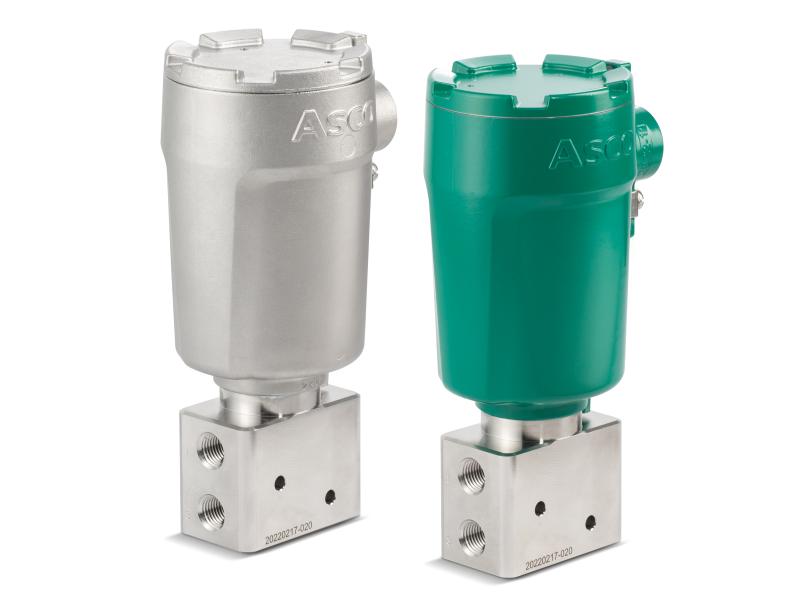In the 1970s and 80s, the hardwired alarm annunciator was essential to industrial control rooms, particularly in high-risk sectors such as nuclear, petrochemical and oil and gas. These wall-mounted panels, with flashing lights and hardwired inputs, served as the front line of safety monitoring giving operators clear visibility of the alarm through pattern recognition. However, the 1990s brought a shift. The rise of the digital age and PC-based systems and graphical interfaces led many to view the traditional annunciator market as obsolete. Here, Gary Bradshaw, director at alarm annunciator developer Omniflex, explains how it saw the market differently to the then established players like Highland and Rochester, and how it reshaped the industry.
The rise of the digital age and PC-based systems and graphical interfaces led many to view the traditional annunciator market as obsolete. Major players in the sector either scaled back investment or consolidated – such as the 1989 merger of Highland and Rochester – leaving the market seemingly in decline. At Omniflex, we recognised that while the technology was evolving, the fundamental need for reliable, unambiguous alarm systems in critical environments wasn’t going away. In fact, it was becoming more important.
As competitors exited the space or shifted focus, Omniflex chose to remain active. The company adapted to emerging technologies like SCADA, DCS, and HMI, positioning itself not just as a hardware provider, but a solution partner in integrated alarm systems.
A pivotal moment came in 1994 with the Milford Haven explosion. This catastrophic event exposed serious flaws in alarm management. During the incident, operators were overwhelmed by an avalanche of screen-based alarms, unable to distinguish urgent threats from routine warnings.
This tragedy accelerated the development and adoption of the IEC61508 SIL and EEMUA191 Alarm Standard, which called for clear prioritisation of alarms, including colour coding, and the importance of the hardwired alarm annunciator due to its clear display format giving pattern recognition and concise operator guidance. Recognising the implications of this shift, Omniflex worked closely with a committee member involved in drafting the EEMUA 191 standard.
Responding to evolving regulations, Omniflex continued to develop its already successful OMNI range of Alarm Annunciators ensuring that they aligned with IEC61508 and EEMUA191. This range of modern annunciators feature a compact design, flexible configuration, and can integrate seamlessly with SCADA and PLC systems.
The OMNI range filled a critical gap in the market just as demand for high-integrity alarm systems resurged. It gave Omniflex a strong competitive advantage as others had exited the space.
Changing regulations can breathe new life into technologies once considered outdated. By anticipating the impact of safety standards like IEC61508 and EEMUA191 and investing accordingly, Omniflex helped shape what the modern alarm annunciator sector looks like today.
To find out more about Omniflex’s alarm annunciator offering, read its whitepaper on alarm annunciators and alarm management systems, and to keep track of other key milestones in its 60th anniversary year, subscribe to its LinkedIn Newsletter.
www: www.omniflex.com
e-mail: garyb@omniflex.com






